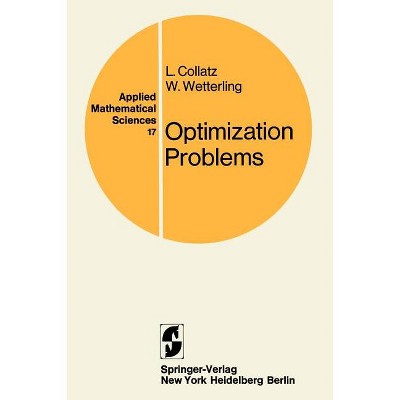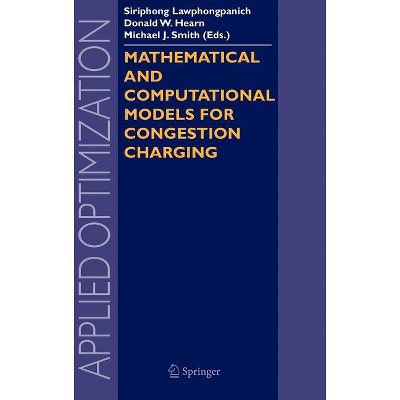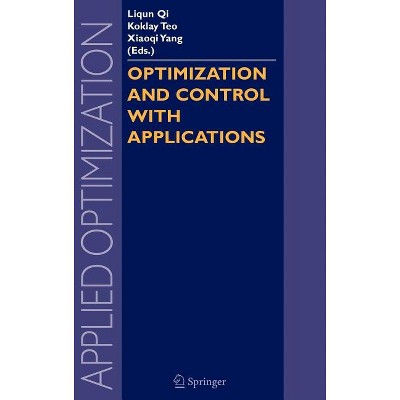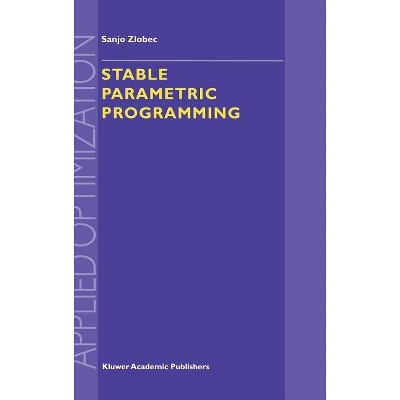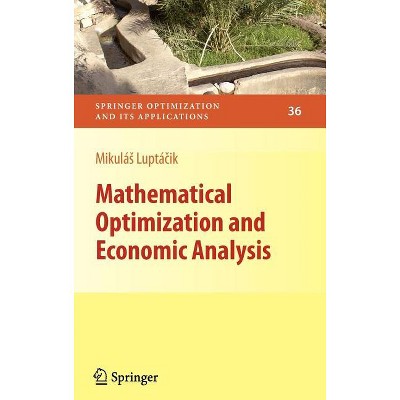Sponsored

Practical Mathematical Optimization - (Applied Optimization) by Jan Snyman (Paperback)
In Stock
Sponsored
About this item
Highlights
- This book presents basic optimization principles and gradient-based algorithms to a general audience in a brief and easy-to-read form, without neglecting rigor.
- Author(s): Jan Snyman
- 257 Pages
- Mathematics, Linear & Nonlinear Programming
- Series Name: Applied Optimization
Description
Book Synopsis
This book presents basic optimization principles and gradient-based algorithms to a general audience in a brief and easy-to-read form, without neglecting rigor. The text is structured to let professionals apply optimization theory and algorithms to their own practical fields of interest, such as engineering, physics, chemistry, or business economics. Most importantly, due attention is paid to the difficulties - such as noise, discontinuities, expense of function evaluations, and the existence of multiple minima - that often unnecessarily inhibit the use of gradient-based methods. In a separate chapter on new gradient-based methods developed by the author and his coworkers, it is shown how these difficulties may be overcome without losing the desirable features of classical gradient-based methods. The text includes theorems of special interest, and many worked examples.
From the Back Cover
This book presents basic optimization principles and gradient-based algorithms to a general audience, in a brief and easy-to-read form without neglecting rigour. The work should enable the professional to apply optimization theory and algorithms to his own particular practical field of interest, be it engineering, physics, chemistry, or business economics. Most importantly, for the first time in a relatively brief and introductory work, due attention is paid to the difficulties--such as noise, discontinuities, expense of function evaluations, and the existence of multiple minima--that often unnecessarily inhibit the use of gradient-based methods. In a separate chapter on new gradient-based methods developed by the author and his coworkers, it is shown how these difficulties may be overcome without losing the desirable features of classical gradient-based methods.Audience
It is intended that this book be used in senior- to graduate-level semester courses in optimization, as offered in mathematics, engineering, computer science, and operations research departments, and also to be useful to practising professionals in the workplace.
Shipping details
Return details
Trending Non-Fiction













